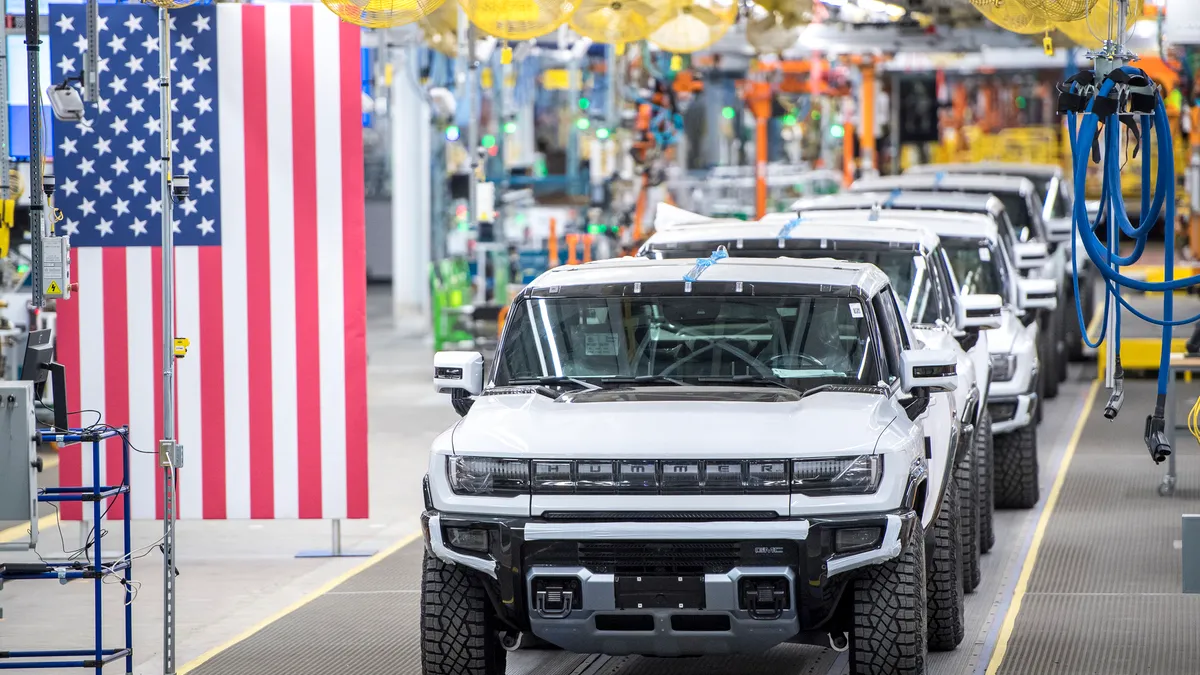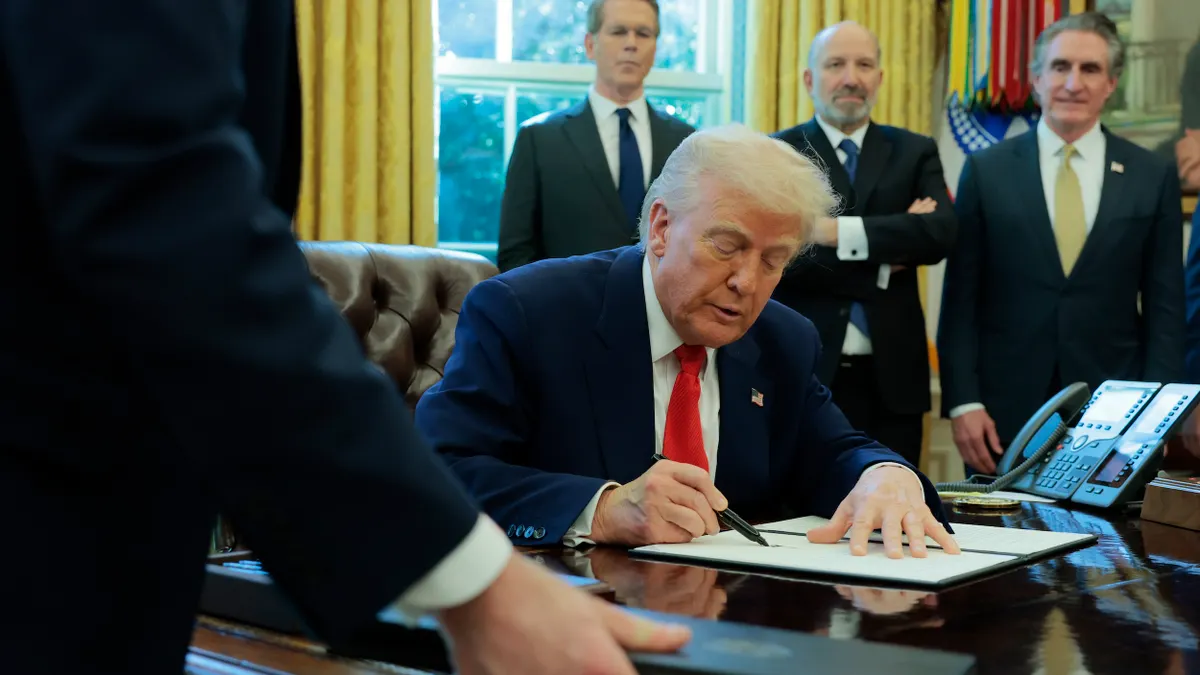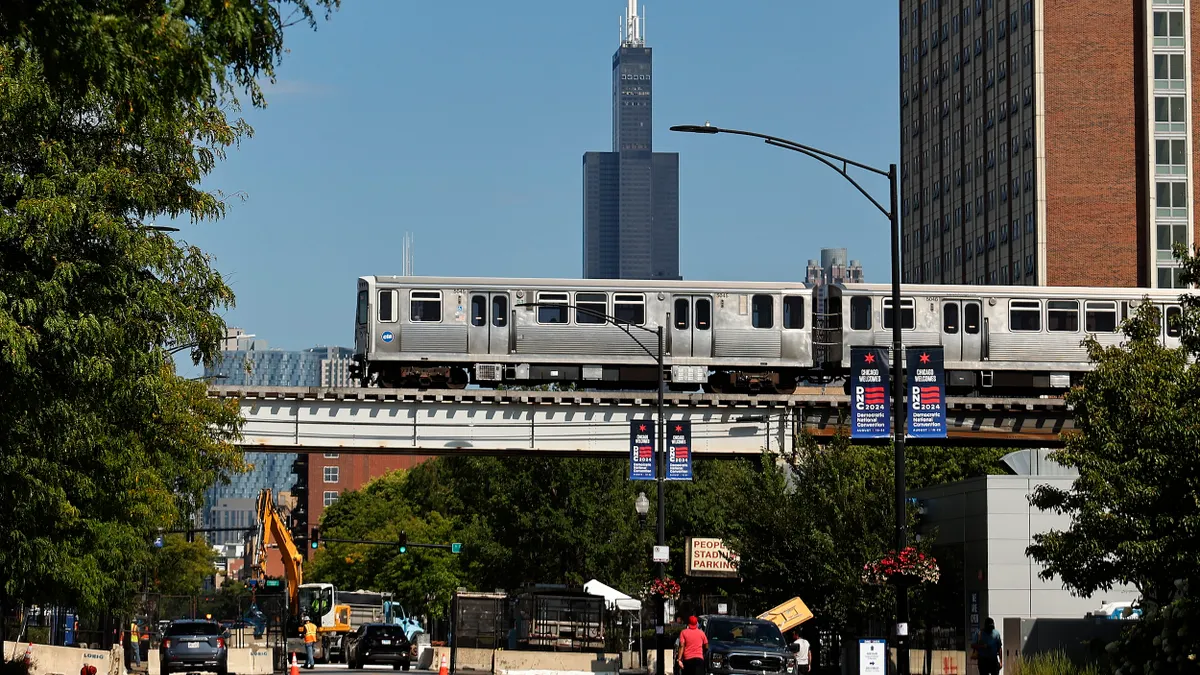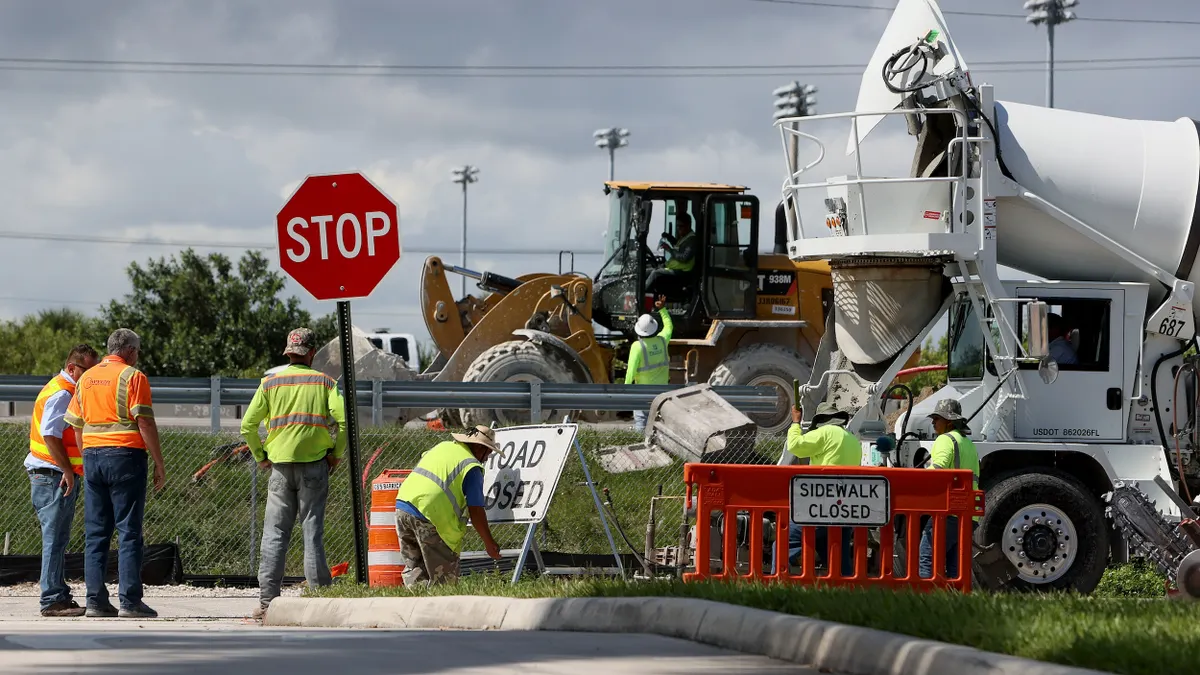From Michigan to California, electric vehicles (EVs) took center stage this week.
President Joe Biden visited General Motors' Factory Zero in Detroit on Wednesday, where the new GMC Hummer EV will be assembled. Meanwhile in Los Angeles, automakers debuted a variety of new EVs at the 2021 auto show.
These events are part of the growing momentum for electric vehicles, as some experts say EV sales may be nearing a tipping point due to rising consumer interest and an influx of new models from mainstream and startup auto manufacturers.
But President Biden’s 2030 goal of zero-emission vehicles accounting for half of new vehicle sales in the U.S. may still be a stretch, with potential obstacles including consumer hesitation, higher costs and concerns about the availability of public charging stations.
Ernst & Young (EY), however, is bullish about the market, predicting that by 2036, sales of zero-emission battery EVs will account for more than half of all new cars sold in the U.S. By 2045, virtually all new light-duty vehicles will be electric vehicles, according to EY research.
"Five years ago, I used to think we were overestimating the adoption of EVs,” said Steven Patton, mobility sector leader of EY Americas Markets. "I'm currently in the place that says we're probably underestimating consumer acceptance of EVs."
Patton cited factors including more vehicles becoming available from traditional brands that consumers are comfortable with and more models in vehicle segments like SUVs and pickup trucks that are popular with drivers. State mandates also play a role: California, New York and Massachusetts will ban sales of internal combustion engine (ICE) vehicles beginning in 2035; Washington state in 2030.
According to McKinsey & Co., the tipping point for EV sales globally already occurred in the second half of 2020 when "EV sales and penetration accelerated in major markets." It expects that Europe will attain about 75% EV market share by 2030, followed by China at above 70%. While electric vehicles are more expensive to produce today, McKinsey & Co. anticipates EVs will achieve cost parity with ICE vehicles by 2026.
A 2020 Consumer Reports survey found that 31% of drivers said they would consider or definitely get an EV the next time they purchase a vehicle. Gabe Shenhar, associate director of Consumer Reports’ auto test program, said that 78% of millennials showed interest in buying an EV for their next vehicle. “No car manufacturer can afford to not be gung-ho about EVs because you can't afford to not be considered by millennial buyers,” he said.
Manufacturers are expected to introduce 240 new vehicle models in the 2022 to 2025 model years, according to Automotive News. Two-thirds of General Motors and 40% of Volkswagen new models in that time frame will be battery electric vehicles, according to Automotive News. Across all new model introductions, BofA Securities estimates 31% will be battery EVs.
Some EVs are becoming available around the $30,000-$40,000 price range from Hyundai, Kia and Mini. Federal tax credits for purchasing EVs may also be available. The Build Back Better Act, if passed, will increase and extend some credits for up to 10 years beginning Jan. 1, 2022.
“We're definitely at an inflection point,” said Matt DeLorenzo, managing editor at Kelley Blue Book. But he warns that consumers aren’t fully on board with EVs just yet.
“These pronouncements seem to leave the consumer out of the three-legged stool,” he explained. “Government and manufacturers seem to be on the same page in wanting to see half the vehicles be electric by 2030, but if the consumers aren't on board, that stool is not going to stand.”
Citing concerns about vehicle cost and charging availability, as well as a lack of familiarity with electric vehicles, DeLorenzo said, “If they reach anywhere from 15% to 20% sales penetration within that time frame, that to me will be a big victory.”
California leads the nation with more than 425,000 registered electric vehicles. Florida, Texas and Washington each exceed 50,000 EV registrations. Arizona, Colorado, Georgia, Illinois, Massachusetts and New Jersey each have more than 20,000 EV owners.
Large urban centers will also likely see faster growth in electric vehicles, Patton said.
ChargePoint, which operates an EV charging station network, lists the San Francisco Bay Area, Seattle, San Diego, Austin, Texas, and Honolulu as the top EV cities based on the number of electric vehicles and public charging stations available on its network.
Charging infrastructure will have to grow 20% a year to meet anticipated demand in 2025, according to a 2019 report by the International Council on Clean Transportation. The report cites large charging gaps in the cities where EV adoption is expected to grow rapidly: Boston, New York, Portland, Oregon, Denver, Washington, D.C. and many California cities. States and cities, along with electric utilities and private sector vehicle charge-point operators, will have to fill the gap in public charging needs.
Though some consumers remain hesitant, for those who already own an EV, there’s no turning back. Shenhar said, “When you talk to EV owners, the overwhelming sentiment is, ‘I'm never going back to an [ICE] car’.”




















